Sulphur Crested Cockatoo Parrot Eggs
$60.00
Fertile Sulphur Crested Cockatoo Parrot Eggs For Sale
Eggs comes with hatching incubator hand booklet.
Sales contract document.
We sell all our eggs, Only when the eggs are 7 days old.
All Eggs available now.
Our shipping and delivery is 100% safe and guaranteed.
Description
Sulphur Crested Cockatoo Parrot Eggs For Sale
Sulphur-crested cockatoos (Cacatua galerita) are large, white parrots native to Australia, New Guinea, and some of the surrounding islands. They are popular pets due to their striking appearance and intelligence. If you’re interested in their breeding and eggs, here’s some detailed information:
Breeding and Sulphur Crested Cockatoo Parrot Eggs Laying:
Breeding Season:
– In the wild, the breeding season typically occurs from August to January, coinciding with the Australian spring and summer.
Nesting:
– Sulphur-crested cockatoos prefer to nest in large tree cavities, often in eucalyptus trees.
– They may also use artificial nesting sites if natural cavities are scarce.
Sulphur Crested Cockatoo Parrot Eggs:
– The female usually lays 2 to 3 eggs per clutch.
– The eggs are white and oval-shaped, with an incubation period of approximately 25 to 27 days.
– Both parents share the incubation duties and the subsequent feeding and care of the chicks.
Care for Sulphur Crested Cockatoo Parrot Eggs in Captivity:
If you’re breeding sulphur-crested cockatoos in captivity, here are some essential care tips:
1. Nesting Box:
– Provide a spacious and secure nesting box, lined with soft, absorbent materials such as wood shavings or shredded paper.
2. Temperature and Humidity:
– Maintain an optimal temperature of around 37.5°C (99.5°F) for incubating eggs, with a relative humidity of about 50-60%.
3. Incubation:
– If using an incubator, ensure it has accurate temperature and humidity controls.
– Regularly turn the eggs, ideally several times a day, to mimic the natural movements of the parents.
4. Monitoring:
– Keep a close eye on Sulphur Crested Cockatoo Parrot Eggs for any signs of problems, such as cracks or fungal growth.
– Candling the eggs (using a light to see inside the egg) can help monitor embryo development.
5. Hatching:
– As the hatching date approaches, increase humidity slightly to help soften the egg shells.
– Avoid excessive handling of the eggs close to hatching to reduce stress on the developing chicks.
Post-Hatching Care:
1. Brooder:
– Transfer newly hatched chicks to a brooder with controlled temperature and humidity.
– Start with a temperature of about 35°C (95°F), gradually lowering it as the chicks grow feathers.
2. Feeding:
– Hand-feeding is often necessary for captive-bred cockatoo chicks.
– Use a specialized hand-feeding formula, feeding small amounts every few hours.
– Gradually introduce solid foods as the chicks develop.
3. Socialization:
– Handle the chicks gently and regularly to ensure they become accustomed to human interaction.
– Provide plenty of mental stimulation as they grow, such as toys and interaction.
Breeding sulphur-crested cockatoos and caring for their eggs can be a rewarding experience but requires significant dedication and knowledge to ensure the health and well-being of the birds.
The Sulphur-crested Cockatoo is a large white parrot. It has a dark grey-black bill, a distinctive sulfur-yellow crest and a yellow wash on the underside of the wings. Sexes are similar, although the female can be separated at close range by its red-brown eye (darker brown in the male). This is a noisy and conspicuous cockatoo, both at rest and in flight. Young Sulphur-crested Cockatoos resemble the adults.

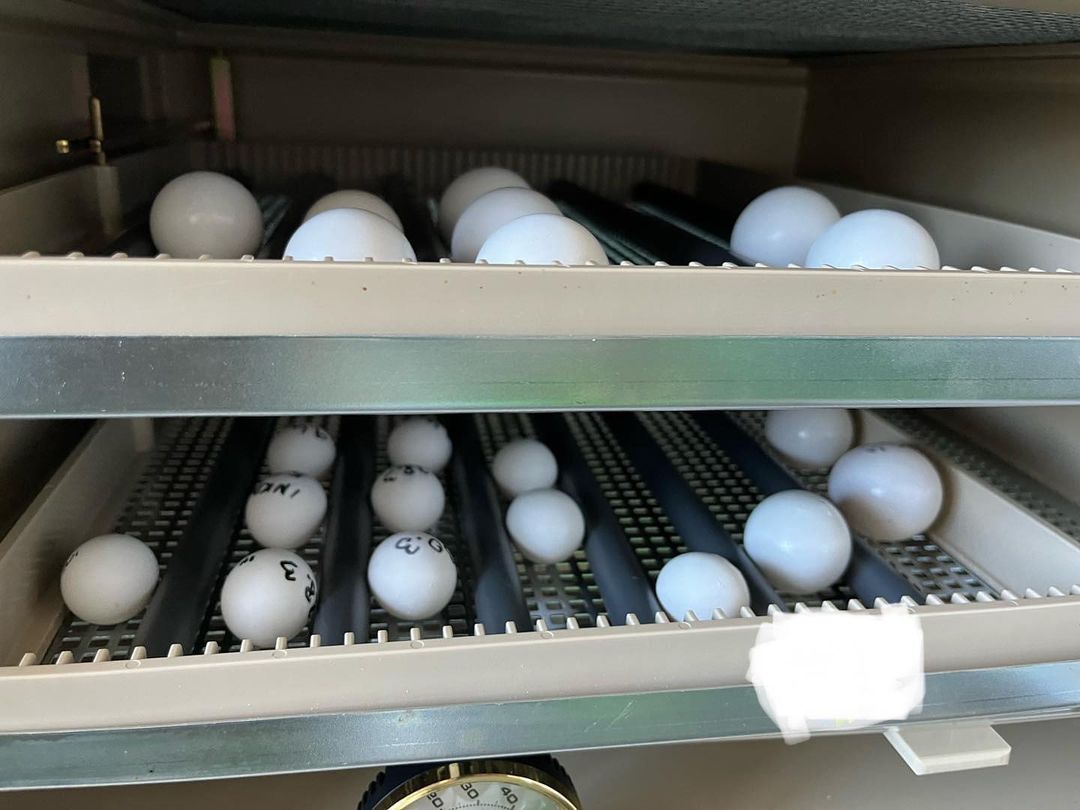
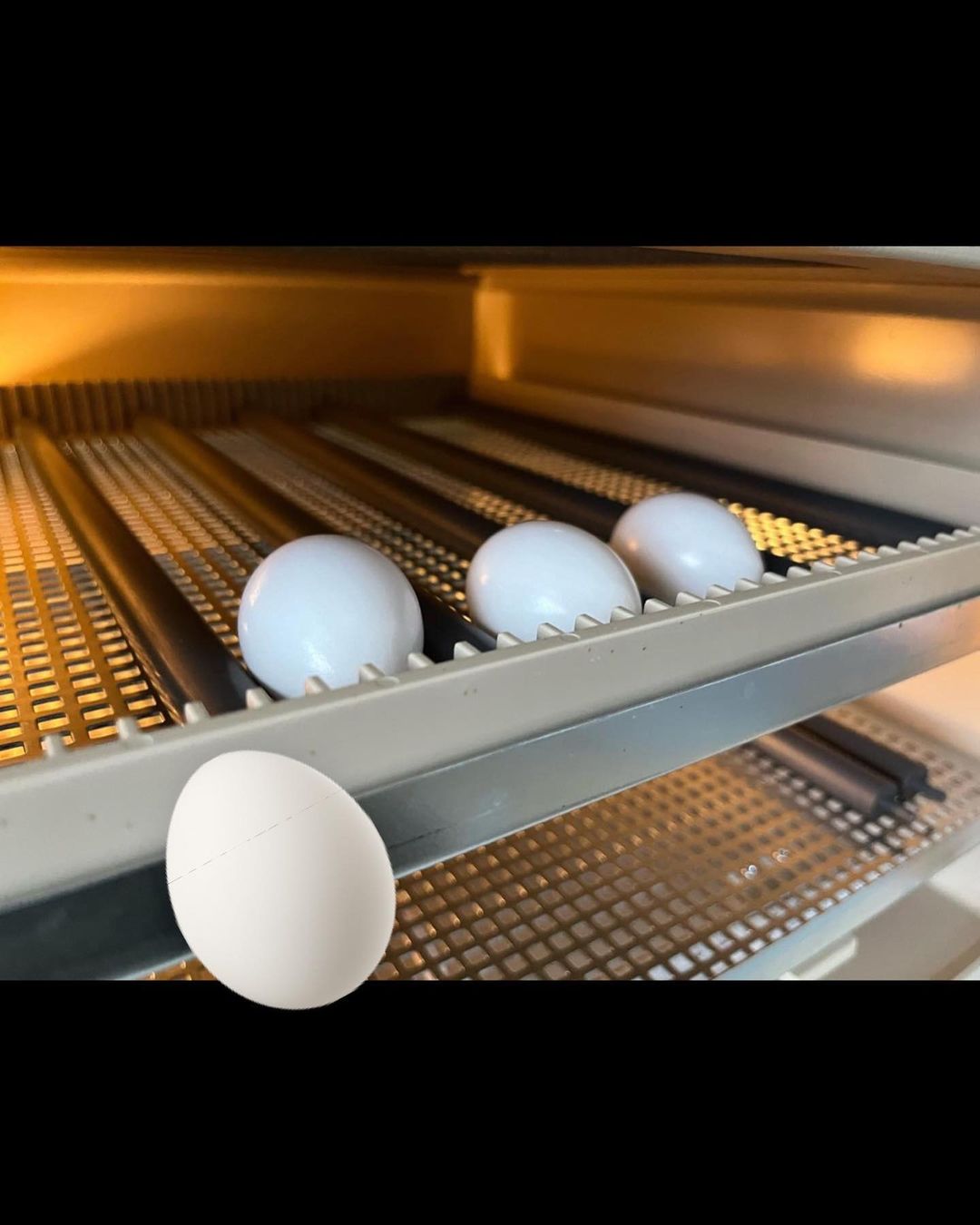
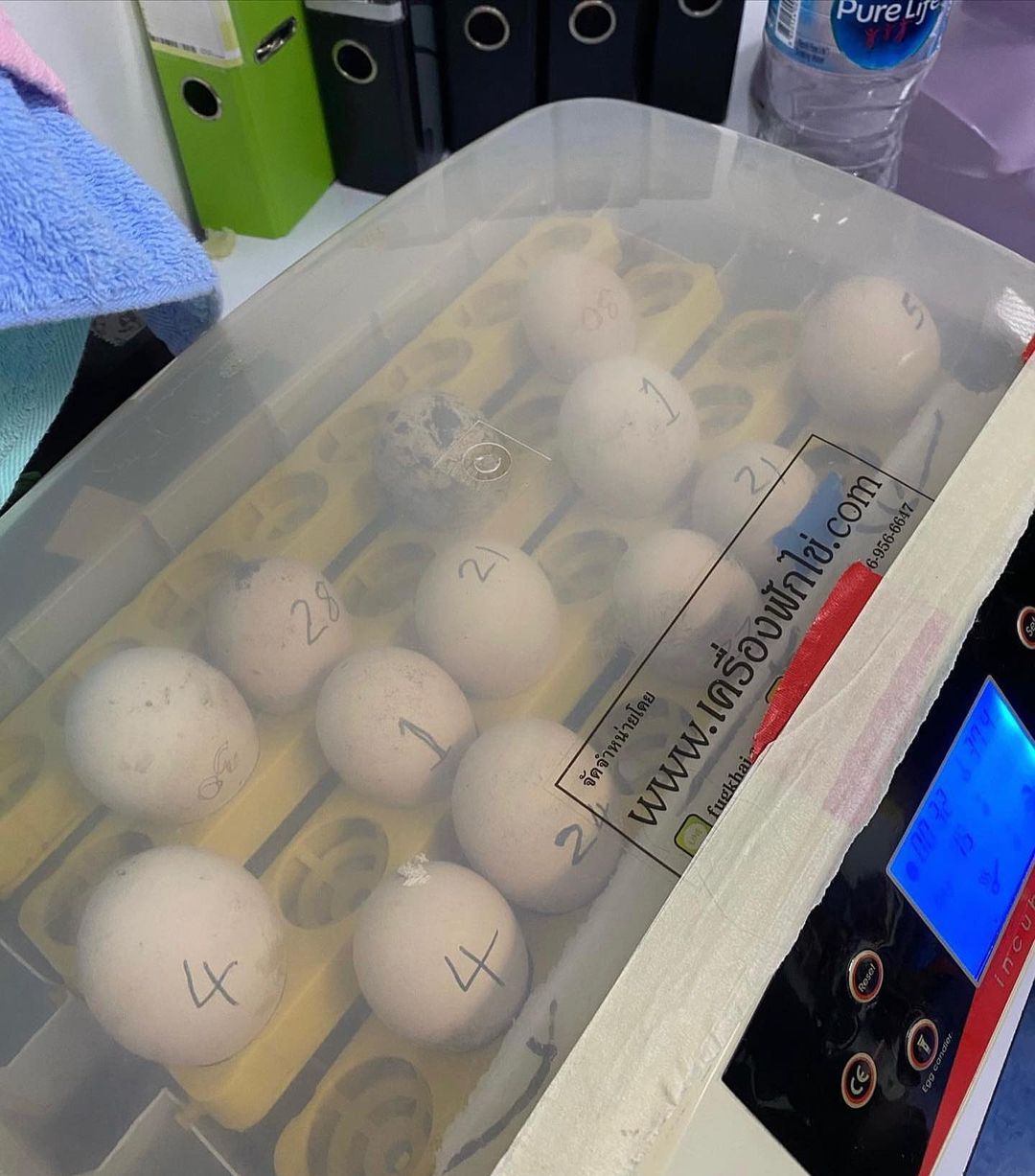
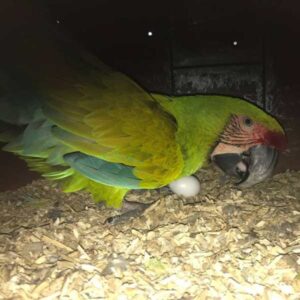
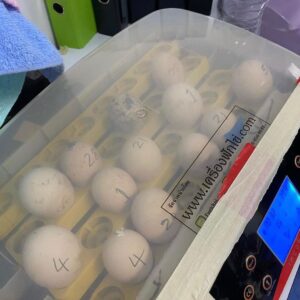
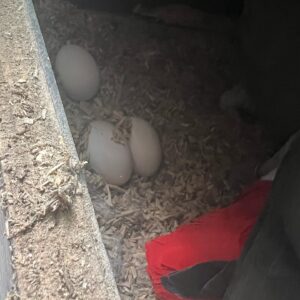
Reviews
There are no reviews yet.